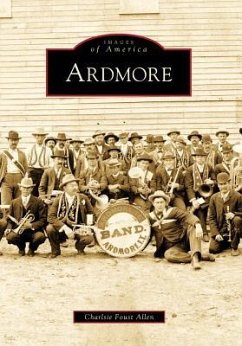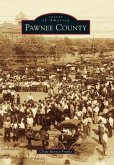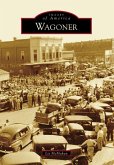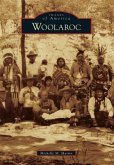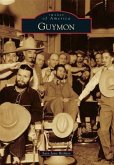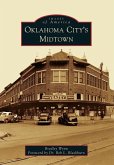Although part of the Chickasaw Nation, virgin soil lured pioneers into Indian Territory, and by 1900, intruders outnumbered Native Americans 10 to 1, building communities throughout Native American lands. In 1887, on a grassy prairie where buffalo had roamed, men gathered where the Santa Fe Railroad planned to build a station. By 1898, Ardmore was a thriving city with businesses, churches, electricity, and telephones. Under a new federal law in late 1898, Ardmore became an incorporated city. Several disasters including a massive explosion and two major fires almost destroyed the town, but the people who built Ardmore came from sturdy stock. After each disaster, they rebuilt, and Ardmore continued to prosper.
Hinweis: Dieser Artikel kann nur an eine deutsche Lieferadresse ausgeliefert werden.
Hinweis: Dieser Artikel kann nur an eine deutsche Lieferadresse ausgeliefert werden.

